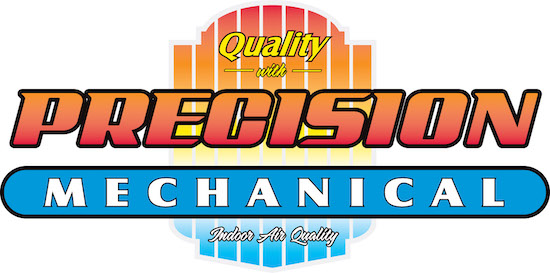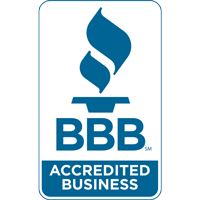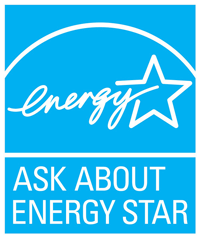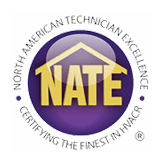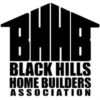
Ceiling fans are one of the most underappreciated ways to make your home more comfortable and cut energy costs. By enhancing air circulation and supporting your HVAC system, ceiling fans and energy efficiency are truly a natural pairing. They offer a smart, eco-friendly way to keep cool while lessening strain on your AC—even preventing unnecessary air conditioning repair.
In this blog, the experts at Precision Mechanical break down how ceiling fans can make your home feel more comfortable while saving you money thanks to increased HVAC efficiency. We'll also provide some HVAC efficiency tips that take advantage of ceiling fans.
Comfort vs. Temperature: Getting Comfortable with the Wind-Chill Effect Indoors
Ceiling fans don’t actually lower the room temperature—they make you feel cooler by blowing air across your skin. This is called the wind-chill effect, and it can make a room feel up to 4 degrees cooler without lowering the thermostat. That means you stay comfortable and enjoy the benefits of indoor air circulation from your ceiling fan while relying less on your air conditioner—helping reduce your electric bill in summer.
The Best of Both: Why You Should Use Fans and Air Conditioning Together
There are several upsides to using ceiling fans and air conditioning together, especially during the warmer months. By pairing both, you increase HVAC efficiency and keep your home cooler with less effort from your cooling system.
Benefits of using ceiling fans and AC together:
- Ceiling fans help lower HVAC load by circulating cool air more evenly throughout rooms in your home. Reducing HVAC stress is important, because it can save you from a breakdown that may result in premature AC or furnace installation.
- Using ceiling fans enhances comfort by reducing uneven temperatures and improving air movement.
- Running both ceiling fans and AC can reduce overall energy use. If you have a home automation system, you can even fine-tune your smart thermostat settings to set the temperature higher while your ceiling fan is running.
Clockwise vs. Counterclockwise Ceiling Fan Rotation: Which is the Correct Direction?
To maximize the benefits of your ceiling fans year-round, it’s important to set the blades to rotate in the proper direction for the season. The direction affects how air flows, which can either or gently recirculate warm air so you feel warmer.
When to rotate ceiling fans counterclockwise
In the summer, ceiling fans should turn counterclockwise at a faster setting. This creates a breeze that pushes cool air downward, enhancing the wind-chill effect and making you feel cooler.
When it's best to spin ceiling fans clockwise
When it's cold out, set your fan to turn clockwise on a slower speed. This softly moves cold air up and pushes warm air near the ceiling down toward you, helping you feel warmer without changing your thermostat.
How to Pick Out the Best Ceiling Fan for My Home
Selecting the best ceiling fan depends on a few critical considerations, such as blade design, airflow rating and room dimensions. First, look for fans that offer a good balance of ECFM airflow and blade pitch to ensure efficient air circulation in your home:
- ECFM refers to how much air a fan circulates—the cubic feet per minute, or CFM—per watt of electricity consumed. Fans with greater ECFM are the most energy efficient.
- Blade pitch refers to the incline of the blades. A steeper blade pitch moves more air than a shallower pitch but can also strain the motor.
Also, consider room size when sizing a ceiling fan—a fan that’s too small won’t move as much air as you'd like, while one that’s too large may be disruptive in a smaller room.
Increase Your HVAC Efficiency With the Experts from Precision Mechanical
At Precision Mechanical, our HVAC technicians can help you enjoy year-round comfort while minimizing wear on your heating and cooling systems. From energy-saving ceiling fan tips and air conditioning installation to smart thermostats and furnace repair, we offer comprehensive solutions that match your needs. Set up your appointment by calling 605-702-0850 today.
